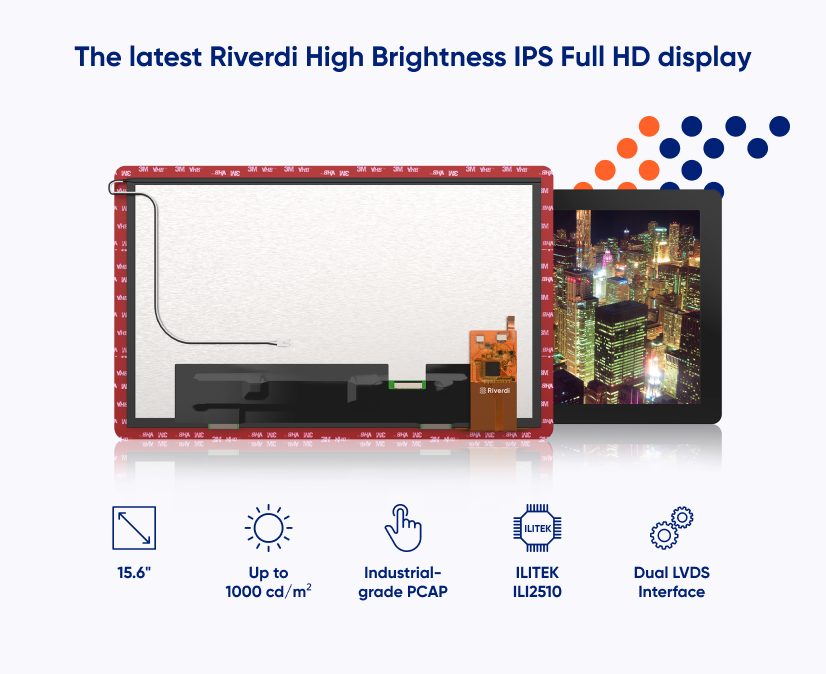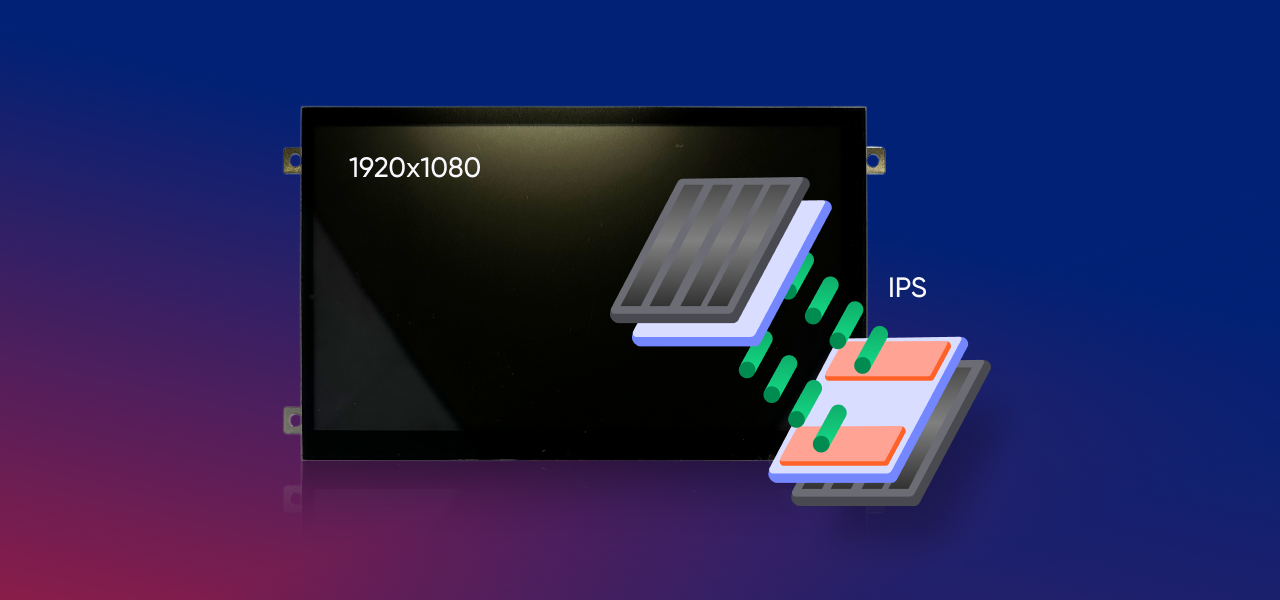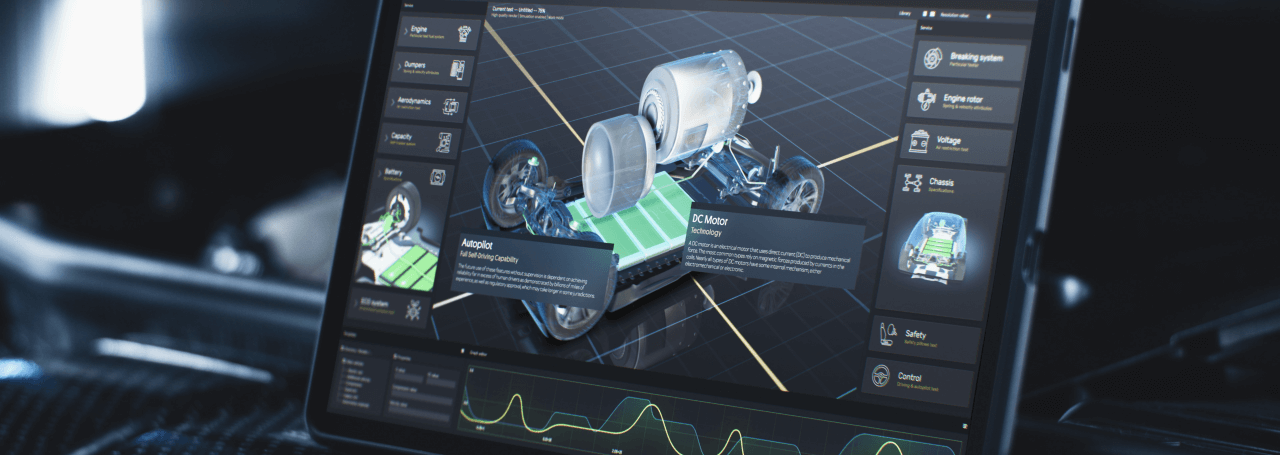Here’s a question that might trip up even experienced R&D: should we choose Full HD or IPS for your next display project? The honest answer is that it’s like comparing apples to oranges—FHD describes how many pixels you get, while IPS determines how those pixels behave.
Treating these terms as interchangeable or mutually exclusive may lead to misinterpretation. In practice, a display can, and often does, combine both: a 1920×1080 FHD resolution built on IPS technology. Recognizing what each parameter contributes to overall display performance is essential when specifying components for user- and project-friendly systems.
What is FHD?
FHD stands for Full High Definition, representing a resolution of 1920×1080 pixels. This gives you exactly 2,073,600 individual picture elements arranged in a 16:9 aspect ratio. FHD became the standard desktop resolution because it provides crisp text and detailed graphics while remaining computationally manageable.
From a systems perspective, FHD represents a sweet spot for embedded applications. Modern ARM processors can drive 1920×1080 interfaces without dedicated graphics hardware, making it attractive for cost-sensitive industrial designs. The memory bandwidth requirements—roughly 500 MB/s for 60Hz refresh—stay within the capabilities of standard DRAM interfaces.
What is IPS?
IPS (In-Plane Switching) describes how liquid crystal molecules move within an LCD panel. Unlike older TN (Twisted Nematic) panels where crystals twist vertically, IPS crystals rotate horizontally within the same plane as the screen surface.
This horizontal rotation provides several engineering advantages: wider viewing angles (up to 178° without color shift), better color accuracy across the entire display area, and more stable brightness levels. For industrial applications, IPS technology means operators can view interfaces clearly from different positions without brightness or color distortion.
FHD vs. IPS—can they be compared?
Again, this is where the confusion might begin. FHD and IPS exist in completely different technical domains—you’re comparing a pixel count specification with a liquid crystal control method.
Think of it this way: FHD tells you how much detail you can display, while IPS determines how accurately that detail appears to viewers. You can have a 1920×1080 display built with older VA or TN technology, or with newer IPS panels. The resolution remains the same, but the viewing experience differs significantly.


Differences between FHD and IPS
Since we’re comparing separate specifications, the “differences” really illustrate what each brings to your design:
Full HD resolution characteristics:
- Fixed pixel count: 2,073,600 total pixels
- Memory requirements: ~4 MB frame buffer for 24-bit color
- Processing load: predictable and well-supported by standard hardware
- Content scaling: clean 2:1 scaling from 720p, 4:1 scaling to 4K
IPS panel characteristics:
- Viewing angles: 178° horizontal and vertical with minimal color shift
- Response time: typically 4-8ms, slower than TN but adequate for most applications
- Color accuracy: superior color reproduction across the entire screen area
- Power consumption: higher than TN panels due to backlight requirements
The key insight: FHD determines your interface layout possibilities, while IPS affects how users perceive that interface.
What’s better: FHD and IPS?
Knowing that these are not competing technologies, the real question becomes: “What combination serves your application best?”
For most industrial applications, the answer is both: FHD resolution with IPS panel technology. This combination provides sufficient detail for complex interfaces while ensuring consistent visibility from multiple viewing angles.
Consider FHD + TN panels when:
- Cost is the primary limitation
- Single-user viewing (direct front-facing only)
- Fast response times are crucial
- Power consumption must be minimized
Choose FHD + IPS panels when:
- Multiple operators need clear visibility
- Sunlight-readability is a must (IPS provides better image quality in direct sun than TN LCD or OLED)
- Color accuracy matters for your application (IPS creates 16M colors)
- Users interact with the display from various positions
- Long-term visual consistency is important
Skip FHD entirely when:
- Screen sizes exceed 24 inches (consider 4K)
- Detailed technical drawings require fine resolution
- Budget allows for higher pixel density benefits
The engineering reality is that Full HD resolution paired with IPS technology delivers the best balance of visual quality, hardware compatibility, and reasonable cost for most embedded and industrial applications.
Then you get what you see, literally: a crisp detail from adequate pixel density plus consistent viewing experience from IPS’s superior optical properties.
Ready to make the right choice?
Explore our portfolio of IPS Full HD displays.
Still unsure which combination of specs and techs best fits your needs?
Talk to our engineering team—we’ll help you select and customize the optimal display for your application.
DISCOVER OUR
Whitepaper
Achieve the perfect user-display interaction with the right Touch Sensor IC. Ever faced issues with phantom touch events or certification? Boost your R&D like a pro with our Whitepaper!



